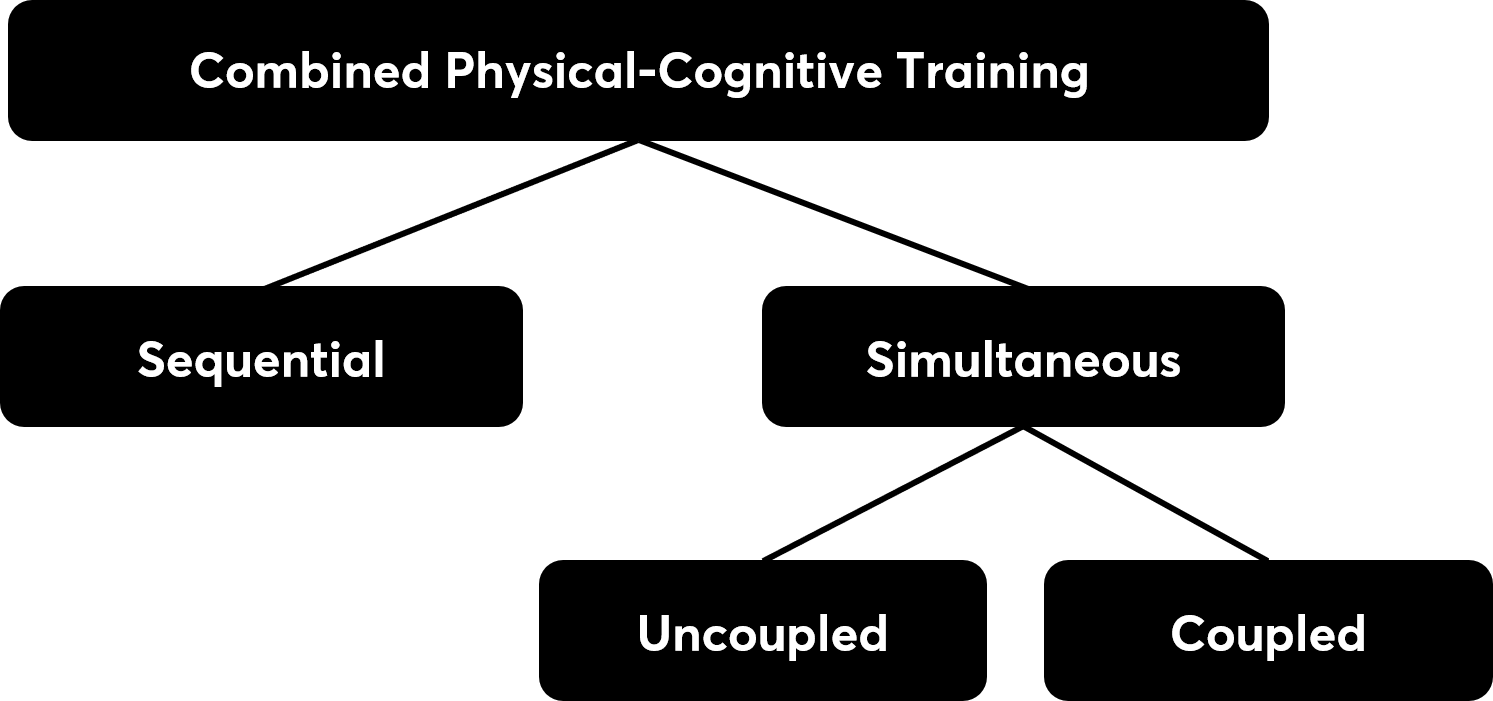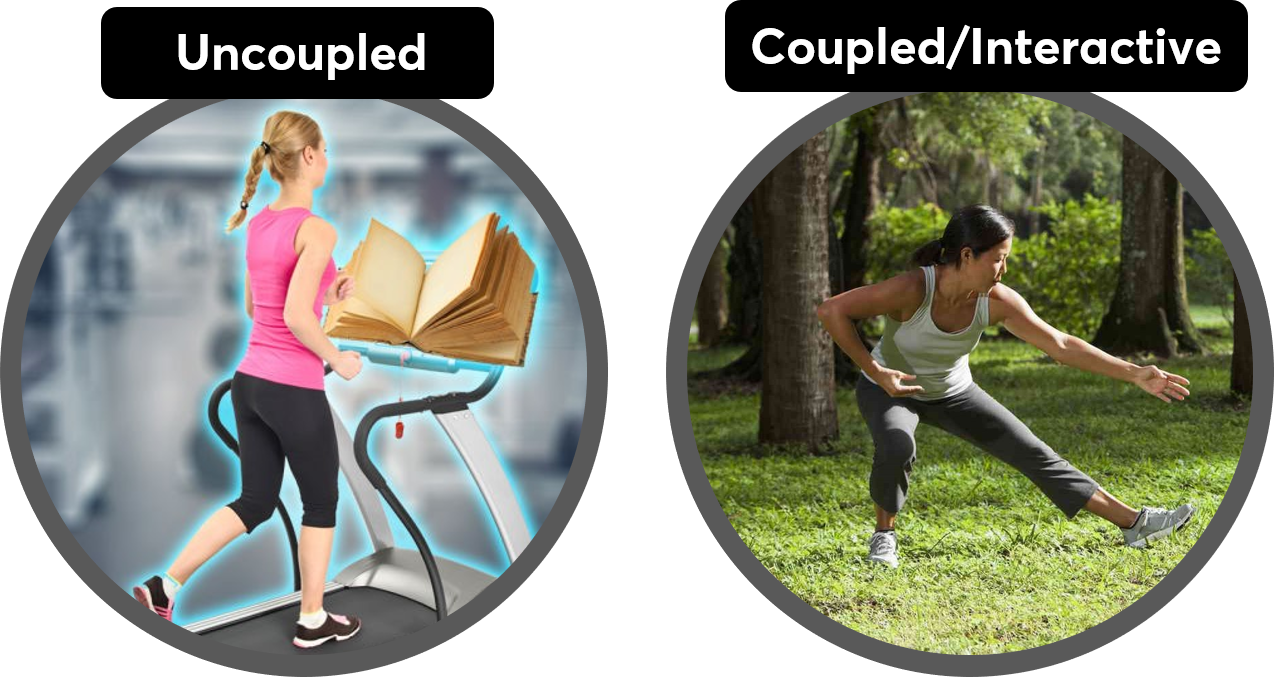news
Did you know that cognitive-motor training is fundamental to your daily life, your health and well-being? In a previous post, we discussed the fundamental importance of an intact brain-body communication, indicating that essentially everything we do in our daily life is based on an intact Physical-Cognitive Interplay™. Thus, it is strongly recommended to consider this interplay also in the context of training.
Moreover, we introduced that neuroplasticity (the ability of the human brain to adapt) can be triggered by physical training and also cognitive training. Importantly, new scientific findings suggest that a person should combine physical and cognitive stimulation for the best effects on brain health and functioning.
Now, the question is - how can we combine physical and cognitive training to improve brain-body communication?
There are two options to combine physical and cognitive training:
Sequential
Simultaneous
For the latter, we will also need to discuss if the two tasks are uncoupled or coupled (interactive).

Option One: The sequential combination means that you perform the two training tasks one after the other. For example, first you could run on a treadmill in the gym, then you could go home and conduct a cognitive exercise, such as a crossword puzzle.
Option Two: The simultaneous combination means that you perform both the physical and the cognitive task at the same time. The two tasks can be interwoven or artificially combined. For example, you could run on a treadmill and at the same time perform a cognitively challenging task, such as doing math in your head. In this dual-task scenario, the two tasks are not coupled even though they are performed simultaneously. Another scenario includes coupled (interactive) tasks meaning the physical and cognitive challenges are interlinked and dependent of each other, for example dancing, Tai Chi or playing exergames.

From a scientific perspective, there is significant evidence showing that coupled (interactive) physical-cognitive training might be superior. Here are some advantages:
· Brain-muscle communication
· Close to daily life requirements
· Better transfer effects
· Higher perceived meaningfulness
· No task prioritization
· More time efficient
· Exergames are fun and motivating
Using the Dividat Senso is one way to conduct simultaneously combined interactive training. In this setting, cognitively challenging games have to be played with body movements such as steps and body weight shifts. Basically, movements which include large muscle groups and are also very important for daily life. Importantly, each game targets a specific brain function such as attention, memory or executive functions.
Be sure to check back as we will soon dive into the science behind transfer effects.
